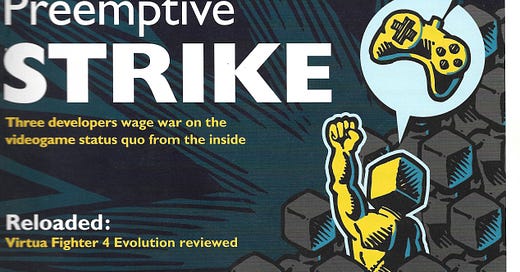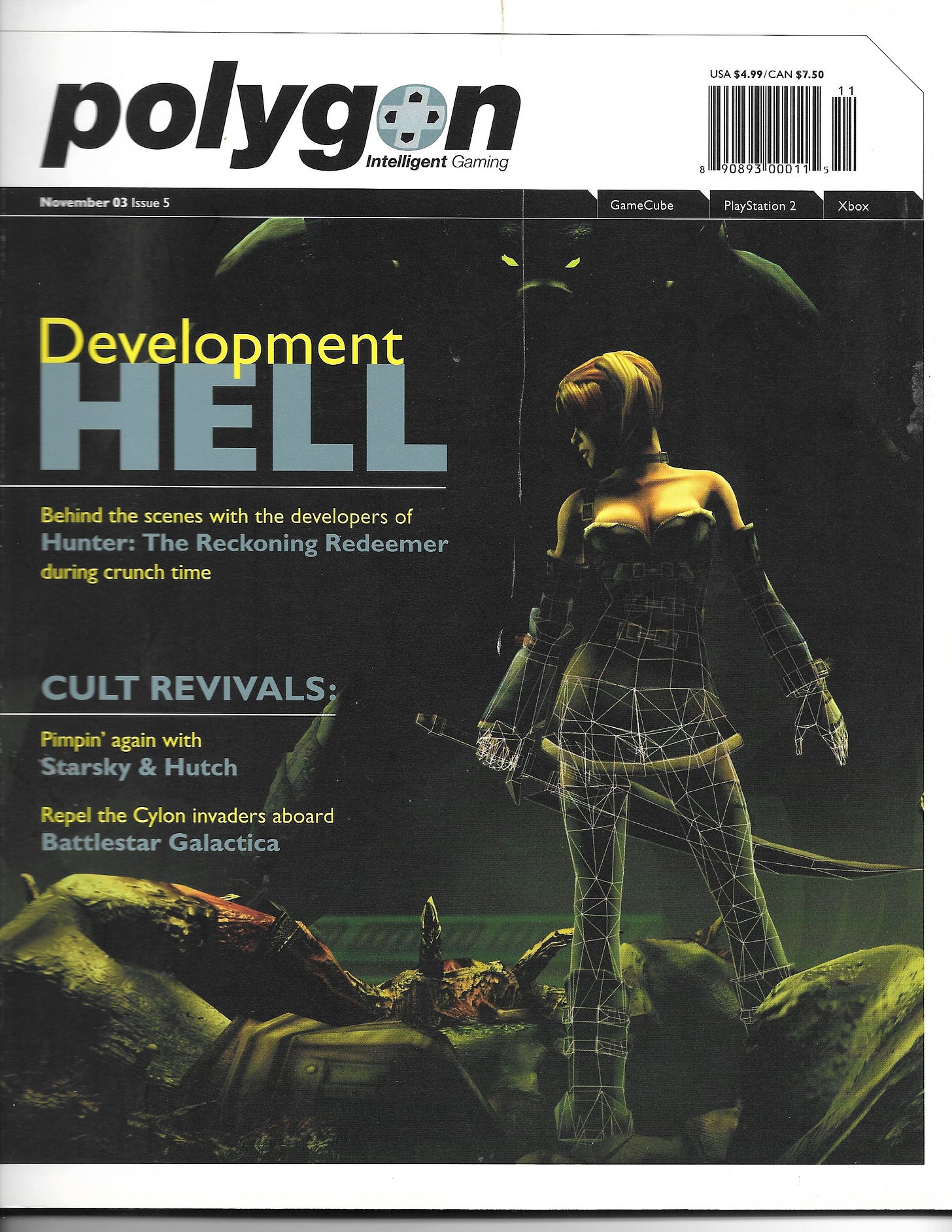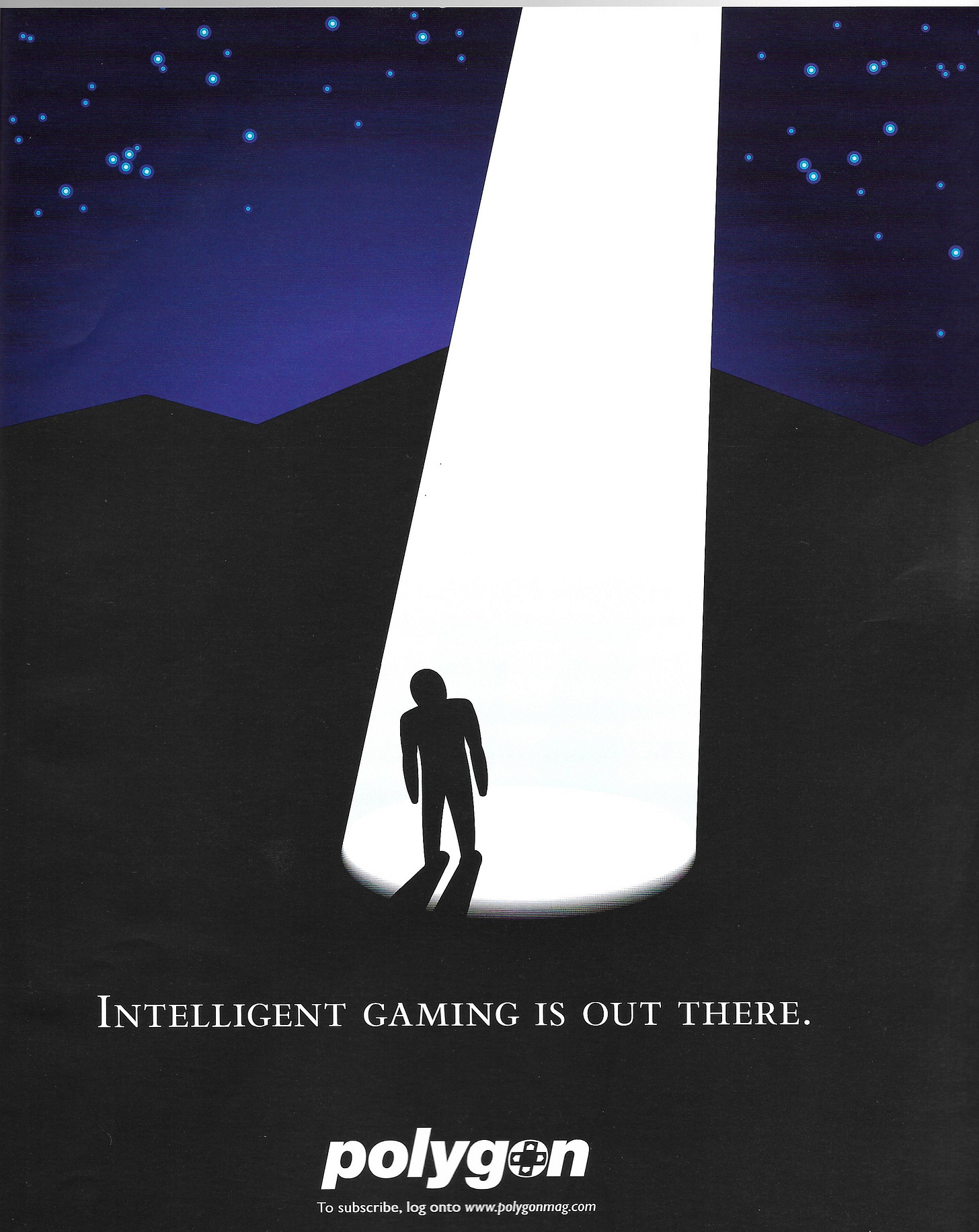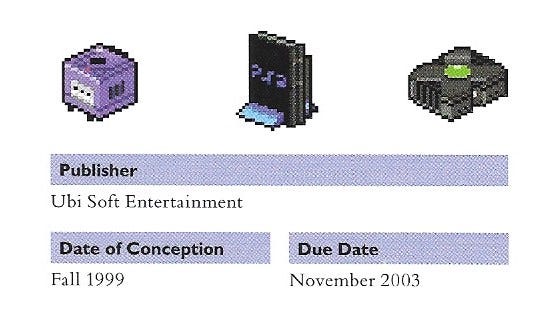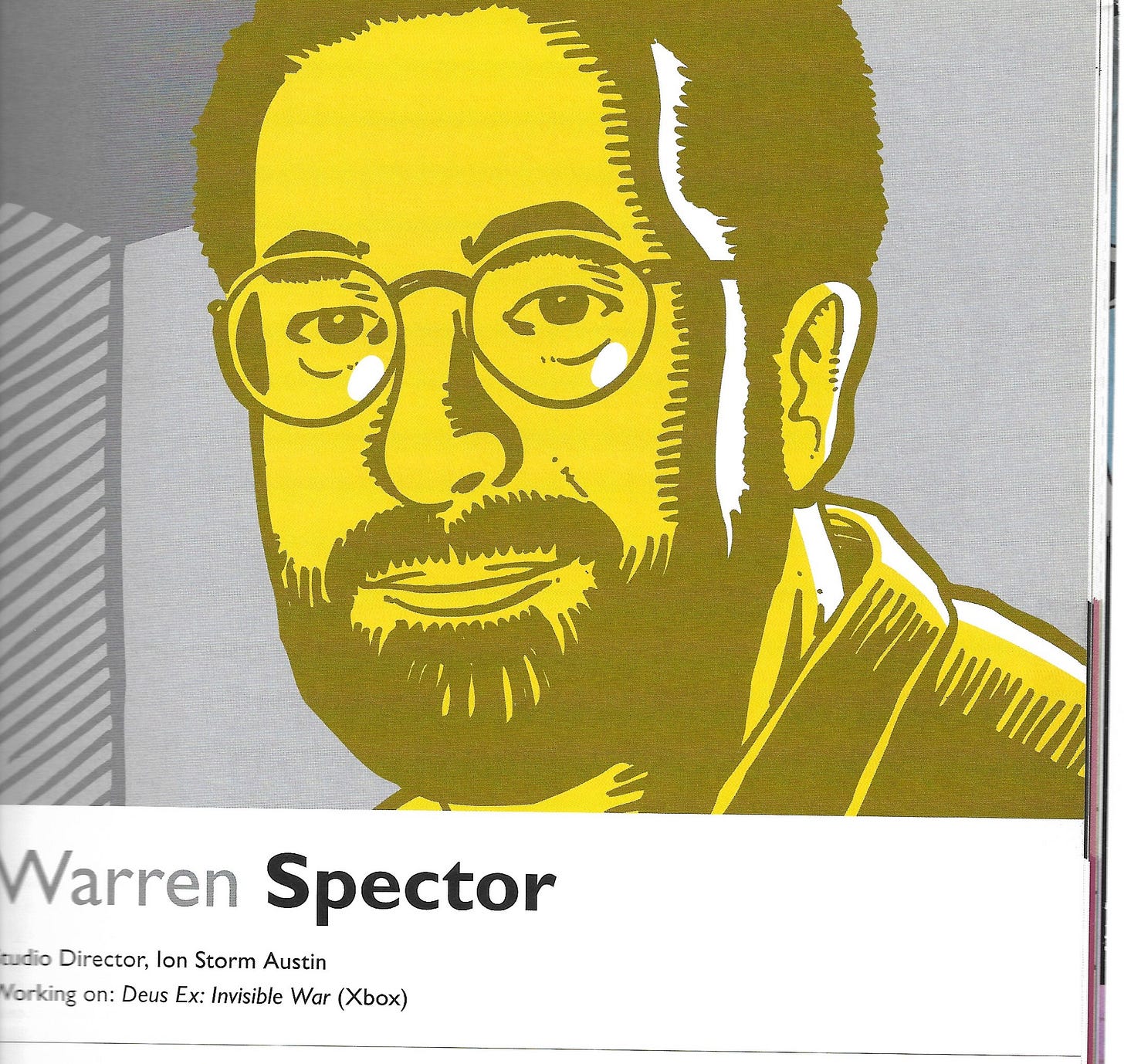Polygon: The Magazine - Gaming’s Lost Print Publication
Almost a decade before there was Polygon.com there was Polygon… the magazine.
(Welcome to Paperwave: a free newsletter focused on board and card games, Lego, art books, and other cozy objects likely to spark joy with nerds).
Launched in 2003 by now-defunct publishing house Deviation, Polygon was an early attempt at a higher-brow, classier grade of games journalism. A lofty goal which it achieved with mixed success, in my view. Regardless, its luxuriously thick paper, spotlight on the creators behind the games rather than just the games themselves (a much more original perspective in 2003 than it is today), and its distinctive graphic design all made Polygon decidedly ahead-of-it-time. I think the project would be a Kickstarter or Patreon darling if attempted again in 2021.
Polygon was distributed almost exclusively in small mom & pop indie game shops, and just nine issues were published before the mag folded due to a lack of advertisers. Basically no one read it. So perhaps it should come as no surprise there’s no wistful message board topics filled with Polygon Mag nostalgia.
But I have to confess - even I was surprised that I was unable to find basically anything about Polygon Magazine online. Gamers are (and I say this with love) crazy and will catalog and keep records of everything. So it’s weird to see Polygon nearly erased from history. This is no doubt in part due to the modern Polygon.com sucking up all the relevant SEO juice, but still... you’d think someone would have recorded themselves flipping through some back issues on YouTube or something. But there’s just… nothing.
We’re on our own with this one, folks.
Luckily, I have all the back issues. So let’s get into it :)
Disclaimer: In 2003 I was juuust breaking into games journalism professionally, and I knew and worked with a few of the people putting out Polygon on unrelated projects, which is how I was aware of it at all. But I bought all my issues at my local game store, as a regular reader.
“Intelligent Gaming” Delivered… Sort Of
Polygon’s tagline was “Intelligent Gaming,” and this higher brow approach is also how it positioned itself in its house ads. It’s this self-styling that I take the most issue with when reflecting back on the magazine now, 18 years later.
At the time I loved it. Video games were (and still are) more than just a hobby for me and I liked to treat myself to a more expensive issue of Edge now and then to get a higher caliber of games writing than you’d usually find in a typical U.S. games magazine. Polygon felt more in that higher-end lane, making late night video game crunch a cover story in issue 5, including a long form interviews with Giles Goddard and Dylan Cuthbert in issue 1, a deep dive on video game machinima in issue 8, and plenty more.
But it’s a little like a store or restaurant that positions itself as being classier than the competition. You’re painting a target on your back and you better be sure you can back it up. And Polygon, unfortunately, often could not. Issue 7’s cover is Leisure Suit Larry, featuring an egregious center-frame illustration of a cheerleader upskirt. There is a two-page spread in one issue all about how to get your girlfriend into video games which was horribly out-of-touch even in 2004. It recommends using a game’s “cute factor to suck her in.” A strapline for a preview of action RPG Sudeki reads “So Japanese it smells like sushi.”
Yeesh. “Intelligent Gaming” indeed.
Here’s the thing - all of this is pretty tame by the standards of early 2000s video game journalism. Most game mags and websites were trying to be like softcore skin mag Maxim in this era. E3 - the professional games trade show - still had booth babes. I’m not excusing these weird low-brow moments. But the fact that they stand out so clearly now is more of a reflection of how much growth mainstream games crit has undergone in the years since. Parts of it are not great when looked at through 2021’s lens, but on balance, Polygon delivered on its promise.
Polygon’s occasional outbursts of casual sexism and low-brow humor almost feel reflexive. By my totally unscientific estimation, about 90-95% of the magazine’s work is really good.
Stand-Out Design
It won’t come through in these scans, but Polygon feels ridiculously good in-hand. The paper is thick. Probably the thickest I’ve ever seen in a standard print mag. It feels more like paper stock reserved for a nice art book. And the printing is extremely bright. Colors pop. Everything feels perfectly sharp. It feels like it was expensive to make. It’s bound so well that it’s actually a little hard for me to get the pages to lie flat enough to get good scans of them for this recap.
It’s tough to overstate how nice the mag feels in hand. And again, especially when compared against the low (printing) quality of most game mags from 2003. All screenshots are completely clear and legible - no fuzziness - no trying to decipher what you’re looking at.
The mag was full of pleasing graphic design choices, bespoke original illustrations, and in general features a design sense that to me feels ahead-of-its time. Almost the only reference I could find to Polygon Mag online came from Red Eye UX - a group (or person?) responsible for “Art Direction, Graphic Design, Production.” Kudos.
There’s lots of tiny design details I like too, like the repeated use of attractive isometric pixel art. Polygon also made use of page-filling photographs of actual developers, which was appreciated. Not to mention the expensive-looking custom illustrations that pepper each issue.
As I said in my intro, I think you could port this magazine’s clean look and high quality into 2021, fill it with written work from rising names, and you’d have a publication easily earning thousands on Patreon from a loyal fan base.
At times Polygon may have been a bit too design-forward for its own good. For the first 5-6 issues Polygon didn’t feature a game on its covers. Why in the world would you fly to France to interview Michel Ancel and not put the man or his game (Beyond Good and Evil) on your cover? I once asked my local indie store owner whether anyone besides me was buying Polygon, and he just grumbled that no, no one bought it, and that he didn’t understand who makes a game mag without games on the front. Not a bad point.
Polygon would eventually correct this, but not until its final few issues.
Who Made It?
I honestly can’t find much about Deviation, Polygon’s publisher. Its masthead reveals a few familiar names. Brendan Sinclair is still in the business, currently as Managing Editor of Gamesindustry.biz. John Gaudiosi is still a prolific video game writer (and is an acquaintance of mine). Other names are less well-known. EIC Dane Baker moved on journalism to become an entrepreneur and small business owner. Incidentally, his LinkedIn page reveals some of the behind-the-scenes thinking on Polygon, which jives with my own feelings, following my re-read:
Polygon pre-dated modern game blogs in providing a glimpse behind the scenes of video game development, coupled with a focus on industry coverage beyond just game reviews of interest to regular readers.
* Assembled a respected team of talented writers and designers
* Led the creation of a cleaner, more European-oriented publication and brand design
Further digging uncovered that Polygon’s parent company was involved in an online website called XenGamers, and that unlocked some closed door in a dark corner of my brain I hadn’t thought about in something like 20 years. I can vaguely recall either writing for that site on a volunteer basis or at least posting on its forums.
Unfortunately, my archives are incomplete (aka I just can’t remember). So if anyone out there knows more, leave a comment and let the world hear it.
Highlights

Tough to say how embellished the report is, but Polygon seemingly embedded itself directly within the Hunter: The Reckoning Redeemer team from 6pm to 2am as they crunched to complete the game in its final hours. The feature largely glorifies crunch, as did virtually all aspects of the discourse at the time, but it’s still an honest, fascinating look a a side of gaming still rarely covered in so much moment-to-moment detail.
“The Power issue” profiled the executives, politicians, and other powerful individuals shaping modern video games.
Polygon’s final issue gave us another example of what the magazine would, in hindsight, be best at: honest and extremely-up-close looks at the actual world of game development. This time within Lorne Lanning’s Oddworld Inhabitants.
This is my favorite thing Polygon made. Up-close photos of messy desks, honest and filtered interviews, peeks at whiteboards full of future ideas. I would still happily pay for something just like this today.
